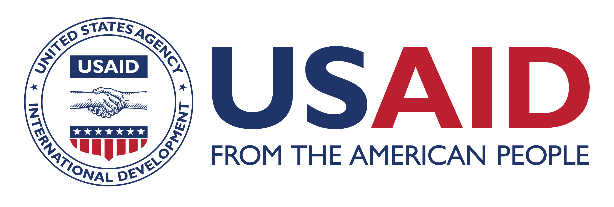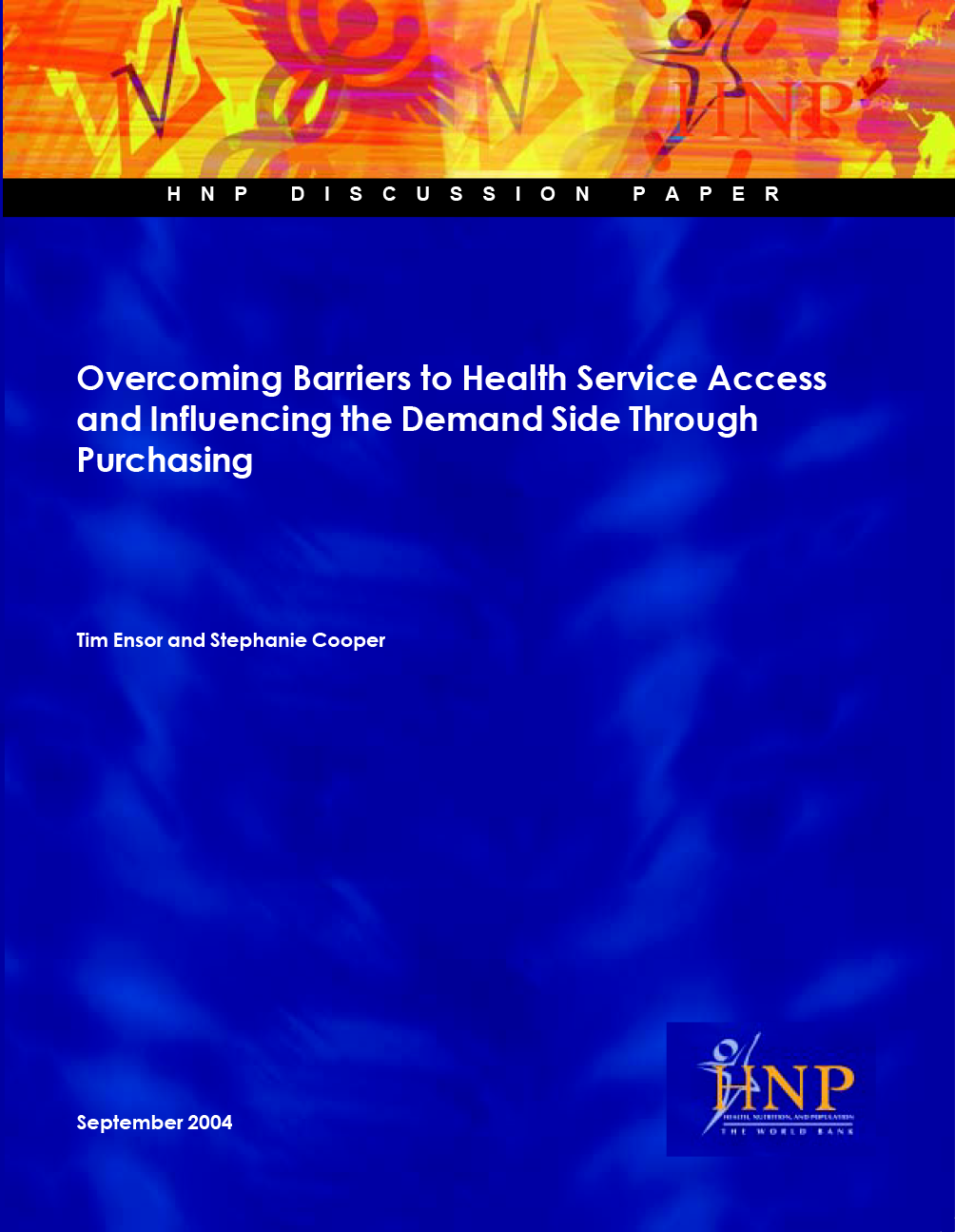
Resource Library
Overcoming Barriers to Health Service Access and Influencing the Demand Side Through Purchasing
This paper investigates the role of demand-side barriers in impeding access to the use of health services. Demand-side barriers are defined as determinants of use of health care that are not dependent on service delivery or price or direct price of those services. They include distance, education, opportunity cost, and cultural and social barriers. There is some evidence that these barriers are at least as important in determining access to services as the quality, volume, and price of services delivered by health care providers. The paper is divided into two sections. In the first section literature on demand barriers to accessing services is reviewed. Since the literature on these barriers is so substantial, the review is restricted to an illustrative survey of the main barriers in low-, middle-, and high-income countries. The second section surveys studies that report and evaluate methods for overcoming these barriers. The literature here is substantially less voluminous even when gray and unpublished sources are included in the survey. Many of the studies relate to access to obstetrical and family planning care. In most cases evaluation is not rigorous, and it is often hard to separate the impact of the intervention itself from other confounding factors. Few of the studies reported have an explicit poverty focus, although many of the interventions are conducted in poor areas. There is a clear need for further work to examine the most costeffective ways of reducing barriers to accessing services and in particular to investigate what methods are most effective in expanding access to essential care among the poor.
Resource Type : Other
Country :
Year : 2004-09-01T10:30:00
Language : English
Project : SHOPS


